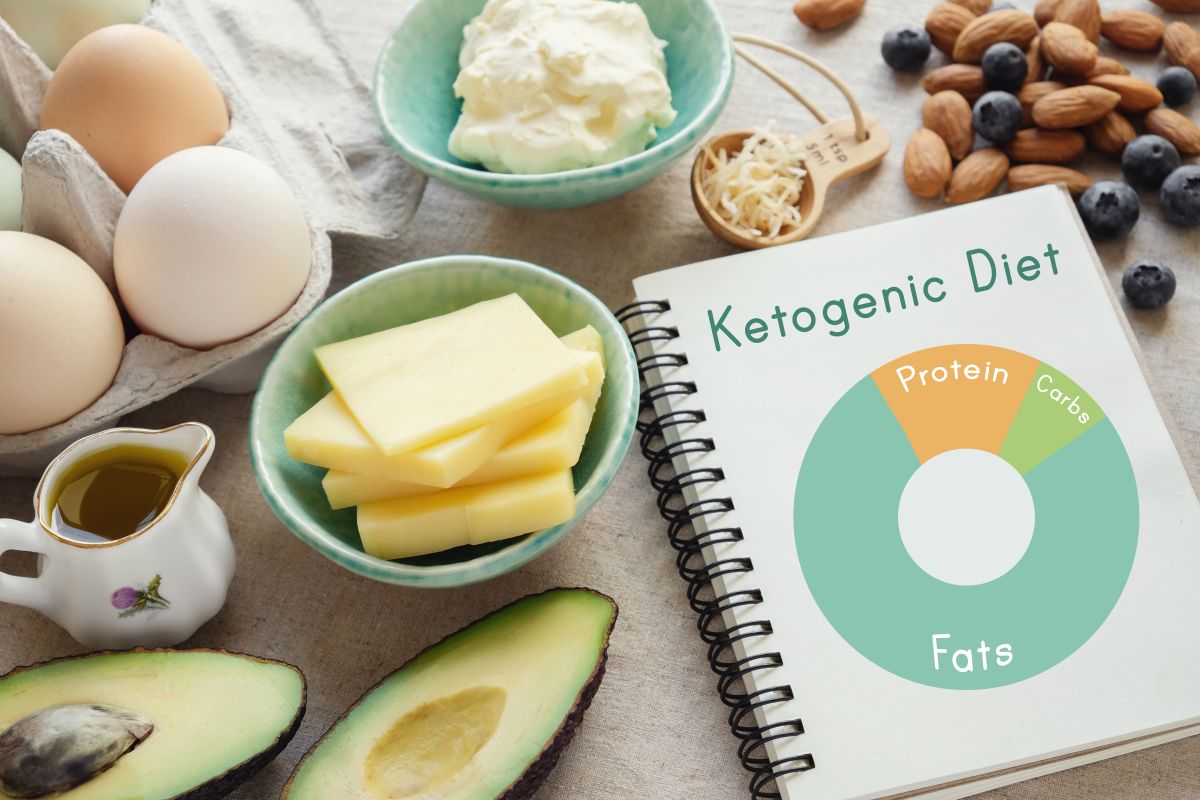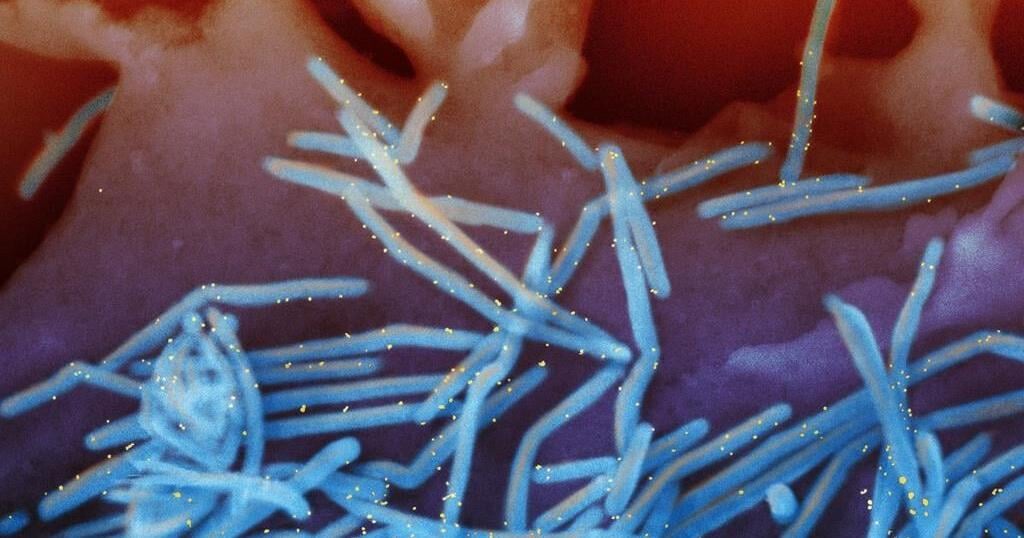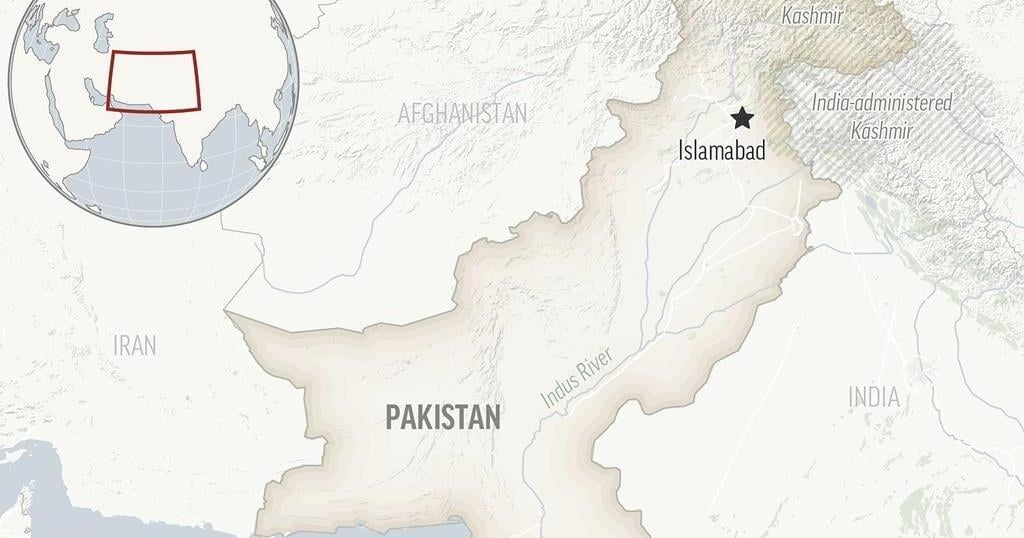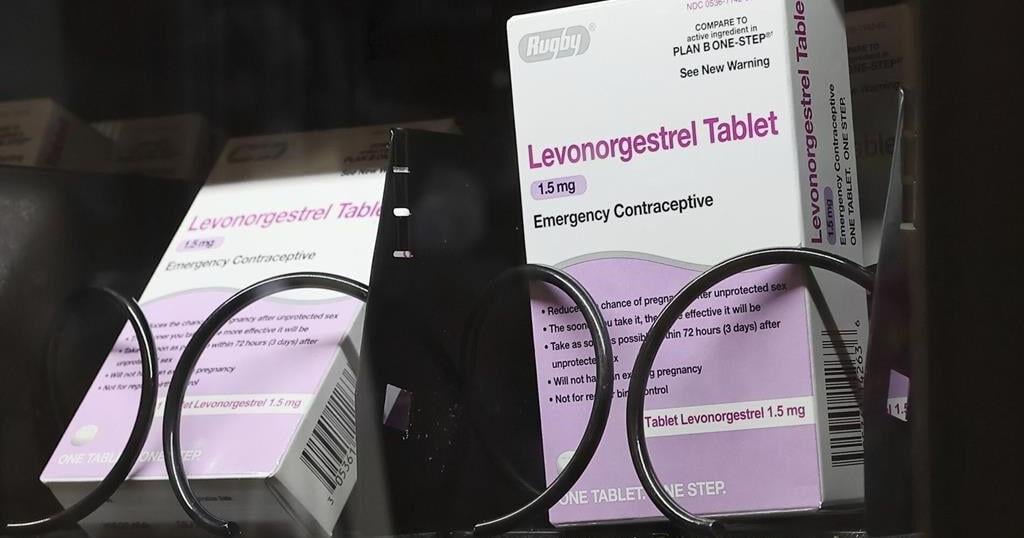Following a keto diet means getting more of your daily calories from fat, and fewer of them from carbohydrates. You could lose weight by following a keto diet, and there may be other benefits. Improvements in total cholesterol, blood sugar and blood pressure have been shown.
But should you follow a keto diet? If so, what foods do you need to eat, and which recipes should you use? We’ve got the answers. Find more about healthy eating, plus tons of recipes (healthy and indulgent) on our dedicated page.
28-Day Keto Challenge
What is a keto diet?
Normally the body converts carbohydrates to glucose to use as fuel. Following a ketogenic diet where carbs are in very short supply causes the body to produce ketones from stored fat – it’s an alternative fuel. Hence the diet is ketogenic. The bottom line is that after three or four days with little glucose available from your diet, the body starts to use fat as the primary fuel.
Consuming fewer carbohydrates means eating less sugar, rice, pasta and bread, for example, and also cutting out sugary drinks and more (see below). A keto diet usually reduces daily carb consumption to under 50g a day, although it can be as little as 20g a day.
What are the keto diet foods?
When you’re on a keto diet, you can eat meat, including beef, pork, poultry, lamb and game. When you’re choosing meat, remember that processed meats can contain carbs, so check the labels, or avoid them altogether and prepare your own recipes using unprocessed meat.
Fish and other seafood is fine, too, with fatty fish like salmon or mackerel preferable.
Eggs, butter, cheese and cream are also keto diet friendly. (Milk, by the way, contains sugar, so see foods to avoid, below).
You can also eat vegetables, but think leafy and green mostly, and stick to those that grow above ground, so that’s cabbage, cauliflower, broccoli and so on. Potatoes are out (see foods to avoid, below).
Other things you can include in your diet? Nuts – but swerve higher carb cashews and pistachios and opt for pecans, brazils and macadamias. Seeds like flax and chia, are okay, too, as are avocados, and oils such as olive and coconut.
Fruit is generally a no-no (see foods to avoid, below), but you can have berries such as strawberries and raspberries in small portions.
Overall, most of your daily calories (see above) should be obtained from fat, which will come from meat or fish, the fat you cook with, and even high-fat sauces.
Which are the foods to avoid on a keto diet?
Some of what you’ll need to avoid will probably suggest itself to you, while other food and drink can catch you out.
Sugar in its many guises is on the banned list – and that includes foods like honey and maple syrup. You can’t add sugar to your tea and coffee, of course, nor can you have soft drinks. However, you’ll also need to avoid fruit juices and sports drinks.
Breakfast cereals are out as well. Sugar is also used in lots of products where you might not expect to see it – think ready meals and sauces. Always check labels. Naturally, you’ll be saying no to sweets, cakes, biscuits, chocolate bars, ice cream…
Watch out for milk in your drinks. A splash to whiten is OK, but skip the lattes and Frappuccinos, Starbucks fans. And while we’re on the subject of drinks, beer is out, too. Generally, plain water, and black and white tea without sugar are best, and you could even have a small glass of wine on a special occasion.
Carbs: say goodbye to bread, rice, pasta, and potatoes. Just for the avoidance of doubt, that includes crisps and chips.
Legumes: perhaps surprisingly, you’ll also need to cut out legumes – including beans, chickpeas, lentils – to follow a keto diet.
Fruit: You’ll also need to step away from fruit aside from berries (see keto diet foods, above).
How to follow a keto diet plan
Generally, if you follow a keto diet, what you eat daily should be around 70% to 80% fat, 10% to 20% protein and 5% to 10% carbohydrate.
To attain the required fat consumption of the diet, you’ll probably need to eat some at each meal. Your protein intake, on the other hand, will be moderate. Bear in mind that this isn’t a high fat and high protein regime – like the Atkins diet, for example. Opt for free range poultry, wild-caught fish and organic beef for preference.
You can follow the diet plan if you’re vegetarian as you can consume eggs and dairy products. As a vegan it’s not considered a healthy option because eating legumes and grains is key to obtaining essential nutrients on a plant-based diet.
If you’re going on a keto diet to lose weight, programmes frequently suggest following it until the weight you want to lose is shed. Then, you are advised to return to the diet perhaps some weeks of the month or some days of the week.
28-Day Keto Challenge
Stay healthy on a keto diet
A keto diet can be a healthy choice for many people but the ratio of fat, carbs and protein needed can vary from one person to another.
If you are diabetic, discuss the diet with your doctor before starting as it’ll likely involve changes to medication and increased monitoring of your blood sugar.
On medication for high blood pressure? Again consult your doctor before starting a keto diet.
Don’t start on a keto diet if you’re breastfeeding.
Be aware that restricting carbs can make you feel irritable, hungry and tired, among other possibilities. This could be a temporary effect, however.
Remember, also, that your diet should still be balanced so you’re obtaining all the vitamins and minerals you need. Also crucial is sufficient fibre.
Find keto recipes
Cooking from scratch makes sticking to a keto diet easier as you won’t need to scan lists of ingredients of pre-prepared foods to check for hidden carbs. Dishes like bacon and eggs are on the agenda, together with meals such as omelette, scrambled eggs and frittata. You can also base meals around chicken, beef or fish, for example.
Source link
Related

























